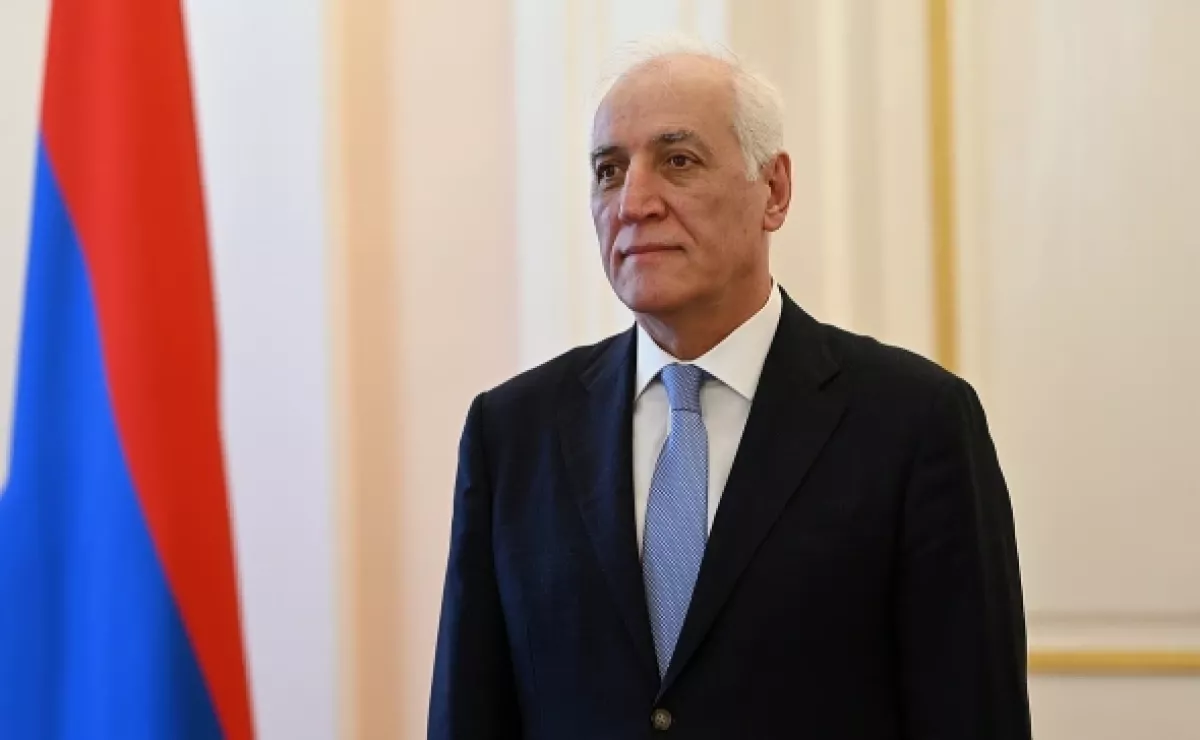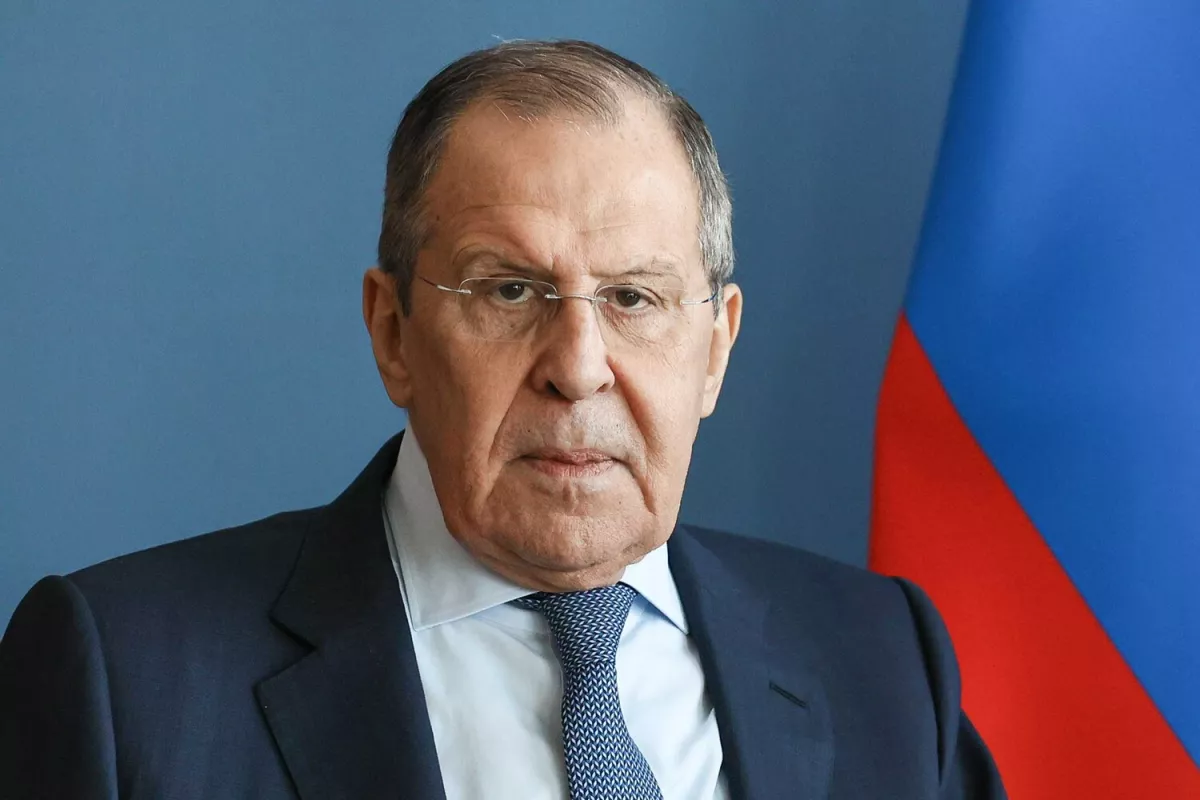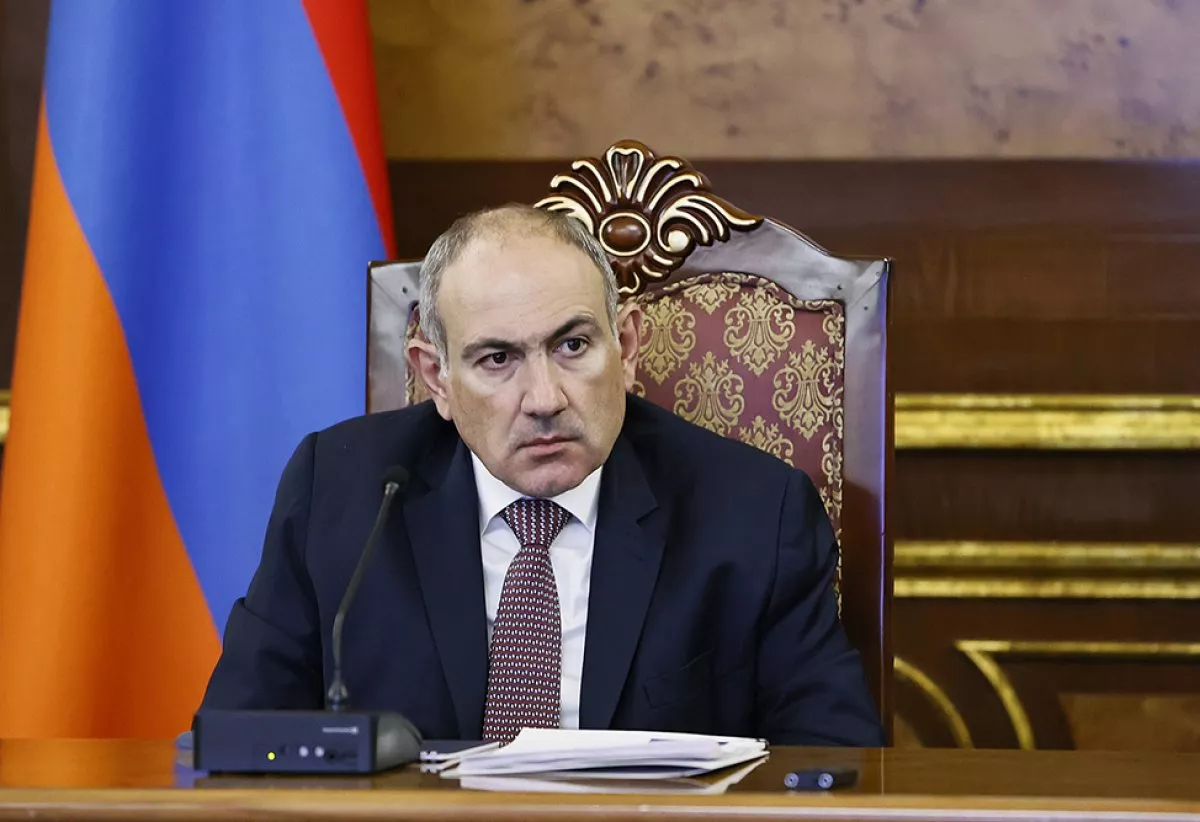Armenian illusions vs. Azerbaijan’s real corridor The battle over Zangezur
We have long grown accustomed to statements from Armenian officials that can only be described as absurd. True, in recent times there have been occasional flashes of logic and common sense within the Armenian leadership—but a recent remark by President Vahagn Khachaturyan has completely dashed hopes of that becoming a trend.

According to Armenian media, during a meeting with residents of Syunik (Zangezur), he stated the following: “If we can open the gates of Syunik—I mean the opportunities of those 43 kilometres—then you can be sure that the future will offer us great prospects for development. The ‘Crossroads of Peace’ is very well received by the international community. It is very attractive and visible to all. We haven’t made any great discoveries, but we are putting the existing reality on the table and clearly presenting these opportunities. We understand how important these 43 kilometres and Syunik are. Our goal is to sign a peace agreement in the near future.”
First of all, what did Khachaturyan mean by the “opportunity of 43 kilometres”? Given the ending of his tirade—“Our goal is to sign a peace agreement in the near future”—he was referring to the Zangezur Corridor. But then, what does the much-touted “Crossroads of Peace” have to do with this? It’s a complete logical fallacy and a glaring absence of common sense. Let’s break it down further.
The Zangezur Corridor is a transport route intended to connect mainland Azerbaijan with the Nakhchivan Autonomous Republic through Zangezur—a provision clearly laid out in Point 9 of the trilateral statement signed on November 10, 2020, which was personally endorsed by Prime Minister Nikol Pashinyan. The corridor is planned to include both road and railway links, and in the future, it could become part of the Middle Corridor—an international trade route connecting Asia and Europe via the Caspian Sea. The creation of the Zangezur Corridor is supported by both Azerbaijan and Türkiye, and even two countries that can hardly be called allies—Russia and the United States—back the project.

Russian Foreign Minister Sergey Lavrov, during one of his press conferences, spoke in considerable detail on the subject, noting in particular: “It is very unfortunate that such a practical and beneficial thing as the opening of a route through Zangezur for Armenia still remains only on paper. It is Armenia that is facing difficulties in implementing the opening of the transport corridor.”
The United States, for its part, recently put forward an initiative to take control of the Zangezur Corridor for a 100-year term. This was stated to journalists by the U.S. Ambassador to Türkiye, Tom Barrack. According to the U.S. administration, the aim of this proposal is to facilitate the progress of diplomatic negotiations between Baku and Yerevan.
Notably, reports have also emerged recently suggesting that the Trump administration presented its own plan for the Zangezur Corridor. According to the latest report by the Carnegie Endowment, the plan envisions that customs control over the corridor would be assumed by a private American company. Sources also indicated that this American plan had been coordinated with Türkiye.
Moreover, Armenian Prime Minister Nikol Pashinyan made several statements regarding the U.S. initiative—characteristically contradictory in tone. Initially, he declared that the option proposed by Ambassador Tom Barrack—regarding the potential transfer of a section of Armenian territory under the control of a third party—was unacceptable and legally impossible. But, as the saying goes, it wasn’t long before he changed his stance. At a subsequent press conference, he confirmed that discussions had indeed taken place on transferring control of the Zangezur Corridor to a private company representing a third party. Interestingly, at the time, the Spanish outlet Periodista Digital reported that it had obtained a secret memorandum concerning the Zangezur Corridor, allegedly signed between Armenia and the United States.
However, judging by the latest statements from Armenia’s president—hardly a figure anyone would describe as politically independent or authoritative—it appears that Yerevan’s stance on the issue has shifted once again. And most likely under the influence of a fresh breeze from the Altai. Ahead of Pashinyan’s recent visit to Russia, the Armenian newspaper Hraparak reported that the road passing through Syunik (Zangezur) would be on the agenda during his talks with Russian officials. We may add that it is highly likely that these discussions addressed the Zangezur issue specifically in the context of growing U.S. interest.
Overall, the U.S. initiative concerning the Zangezur Corridor once again confirms that this project lies within the sphere of interest of major global players—and not only for economic reasons. The point is that the corridor plays a critical role in the current era of global order transformation. Specifically, the U.S. interest is motivated, among other things, by Washington’s desire, first, to weaken Moscow’s position in the South Caucasus region; second, to undermine the interests of Iran, which is well known for its opposition to the implementation of the corridor; and third, to use the issue of the Zangezur Corridor to push forward Armenian-Azerbaijani negotiations, ultimately leading to a peace agreement under the auspices of the American track.
Now, let’s turn to the Armenian initiative bearing the ambitious title “Crossroads of Peace.” But what can one really say about this project, born from Pashinyan’s so-called “enlightened” mind? One need not be a genius to realise that this “crossroads,” launched in 2023, serves a single purpose: to obstruct the opening of the Zangezur Corridor—something the Armenian president himself confirmed just recently.

Similar statements have been made repeatedly by Pashinyan himself. For instance, during a meeting with representatives of the Armenian community in Istanbul, he declared: “We said there will be no Zangezur Corridor, there will be a ‘Crossroads of Peace.’ This means mutual recognition and respect [with Türkiye] for territorial integrity, sovereignty, and equality.” He added that the Middle Corridor agenda is important to Türkiye, and that Armenia’s “Crossroads of Peace” could become part of it. In this case, it’s not just a matter of the villain opposing the story—she’s also trying to rewrite the plot to include herself.
“To me, it’s clear that the ‘Crossroads of Peace’ project can be part of the Middle Corridor and aligns with its logic. If Azerbaijan and Türkiye want to move through Armenian territory—well, let them,” the Armenian leader continued.
In actively promoting the “crossroads,” Armenian authorities have overlooked a key fact: times have changed, and today’s realities differ greatly from the fantasy world in which the “long-suffering” continue to dwell. In today’s South Caucasus, no initiative or project can move forward without the involvement of the region’s leading power—Azerbaijan. As a victorious state with strong partnerships across the international arena and a vital role in securing Europe’s energy supply, Azerbaijan has become an indispensable regional actor.

President Ilham Aliyev has repeatedly spoken on this issue. For instance, at a transport-focused meeting held earlier this year, the Azerbaijani head of state stated: “They [Armenians - ed.] have come up with the so-called 'Peace Crossroads' project, and now there is not a single country in the world they have not shared this project with. However, this so-called project is not worth two cents without Azerbaijan, and we have repeatedly conveyed this to the Armenian side through various channels. If you truly want to implement this project, first of all, you should approach Azerbaijan. Because without us, it is just a piece of paper.” A perfect characterisation of an empty project cloaked in a grandiose name.
As for the Zangezur Corridor, Azerbaijan’s position remains unwavering, grounded in international law and on the commitments made by Armenia itself. As Ilham Aliyev stated at the III Shusha Global Media Forum, if Armenia continues to block the process related to the opening of the Zangezur Corridor, its chances of ever becoming a transit country are approaching zero.
“Unfortunately, no work has been done on the Armenian side in the last five years, as this issue is deliberately removed from the agenda. But under such circumstances, the chances for Armenia to ever become a transit country are close to zero. If they continue to block this process, I think that they will find themselves not only in transport isolation, which they already are in today, but also in political isolation to a certain extent,” the president said.
These words from the President of Azerbaijan, directed clearly at Yerevan, also serve as a clear message to the international community: Armenia is the main stumbling block to realising important processes in a geopolitically significant region such as the South Caucasus, where the interests of global powers intersect.
In light of all this, whether Armenian authorities like it or not, if their “land of stones” does not want to be completely removed from the international system of coordinates, they will have to consign this pseudo-“Crossroads” to the same fate as “Artsakh” and other ideas nurtured by Armenian myth-making. However, if they fail to take this step themselves, Azerbaijan is quite capable of doing it for them. After all, no one’s patience is unlimited.








